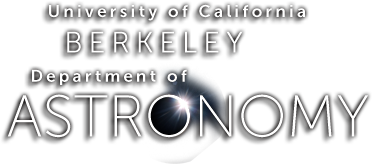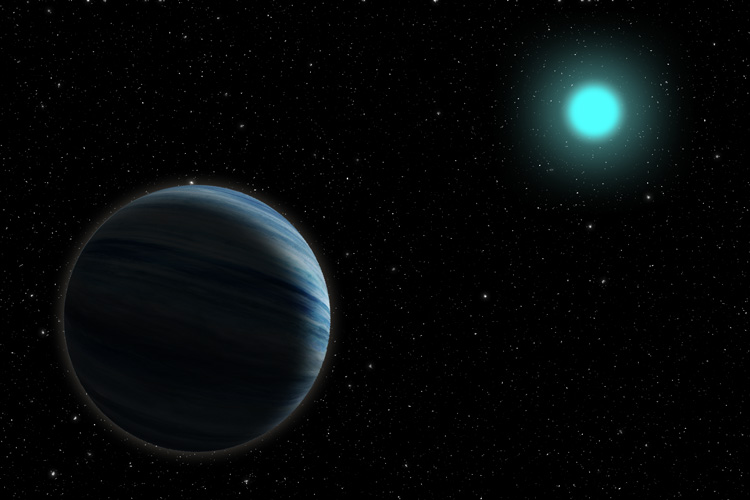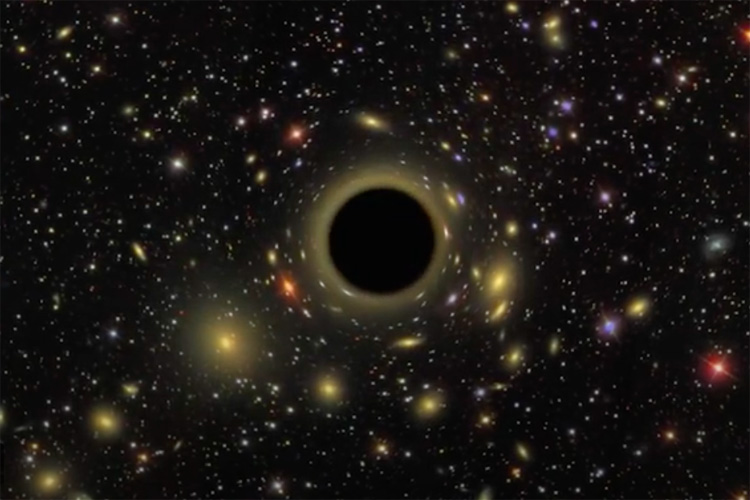-
Were galaxies much different in the early universe?
January 24, 2023
An array of 350 radio telescopes in the Karoo desert of South Africa is getting closer to detecting “cosmic dawn” — the era after the Big Bang when stars first ignited and galaxies began to bloom. Joshua Dillon, a research scientist in the University of California, Berkeley’s Department of Astronomy is lead author on a new paper describing a twofold increase in the sensitivity of the Hydrogen Epoch of Reionization Array (HERA). Read More...
More -
Webb Space Telescope, Keck team up to study Saturn’s moon Titan
December 1, 2022
UC Berkeley astronomer Imke de Pater is part of a team that is using combined observations with the Webb Space Telescope and the Keck telescopes to study the weather patterns on Saturn's moon Titan. Read More...
More -
Chrysalis, the lost moon that gave Saturn its rings
September 23, 2022
A team including Burkhard Militzer, UC Berkeley professor of earth and planetary science and astronomy, has proposed a detailed theory that explains the origin of the rings of Saturn. Read more...
More -
Webb Telescope images Jupiter-like planet 350 light years away
September 1, 2022
UC Berkeley adjunct professor of astronomy Paul Kalas is co-investigator of a team that used the new James Webb Space Telescope to capture images of an exoplanet 350 light years from Earth. Read more...
More -
Surprising details leap out in sharp new James Webb Space Telescope images of Jupiter
August 23, 2022
UC Berkeley professor emerita Imke de Pater is one of the leaders of a team that used the new James Webb Space Telescope to observe Jupiter. Read more...
More -
Brightest stars in the night sky can strip planets to their rocky cores
August 12, 2022
University of California, Berkeley, astronomers report a new, Neptune-sized planet around a hot-burning, but short-lived, A-type star and provide a hint about why so few gas giants smaller than Jupiter have been seen around the brightest 1% of stars in our galaxy. Read more...
More -
Heaviest neutron star to date is a ‘black widow’ eating its mate
July 26, 2022
A team including UC Berkeley Distinguished Professor of Astronomy Alex Filippenko has measured the mass of the heaviest neutron star to date. Read more
More -
The ultimate fate of a star shredded by a black hole
July 12, 2022
By measuring the polarization of light emitted when a star is spaghettified, UC Berkeley graduate student Kishore Patra and professor Alex Filippenko deduce the shape of the debris cloud left behind. Read more...
More -
Astronomers may have detected a ‘dark’ free-floating black hole
June 11, 2022
A team of astronomers led by UC Berkeley graduate student Casey Lam and associate professor Jessica Lu has for the first time discovered what may be a free-floating black hole by observing the brightening of a more distant star as its light was distorted by the object’s strong gravitational field — so-called gravitational microlensing. Read more...
More -
AI reveals unsuspected math underlying search for exoplanets
May 24, 2022
UC Berkeley astronomers used AI to find unsuspected connections hidden in the complex mathematics arising from general relativity — in particular, how that theory is applied to finding new planets around other stars. Read more...
More










